Teaching with distinction comes at a price. The emotional investment, time investment, physical investment, and, in the case of Jewish studies teachers, spiritual investment creates wear and tear on the teacher. After several years of the COVID shadow, the amplified effect of the usual stressors has caused many teachers to leave the field. For those who have toughed it out, the year starts anew in a couple of weeks. As they go once again into the fray, how can a teacher know whether the regular end of year fatigue is business as usual or indicates something more dire, like burnout?
In schools, work comes in phases with time pressures and deadlines. As school approaches, a teacher prepares materials, attends meetings with peers, and organizes the environment for learning. As the school year commences, this shifts to day-to-day management, parent communication, peer collaboration, and other aspects of the job that expend energy but, hopefully, pay positive psychic dividends. After some time of this in a non-COVID year, various stressors stemming from powers out of one’s control, cancause teachers physical and mental fatigue, resulting in getting ill more often. Sometimes, the teacher begins to feel detached from the activity of teaching.
The combination of the above-mentioned stressors and the feeling of high levels of investment and responsibility in student success could result in burnout. Burnout here means, not the colloquial characterization of too much work for too long, but rather, clinically feeling chronic bouts of exhaustion and insomnia, lack of internal emotional regulation, and negative framing of situations. This condition requires special attention, but often teachers ignore the suggestion of burnout. “Good” exhaustion exists and feels like a better explanation. Good exhaustion happens after a great deal of productive work over an extended period of time being “in the zone.” This zone, called “flow” by psychologist Mihaly Csikszentmihalyi, is “a state in which people are so involved in an activity that nothing else seems to matter; the experience is so enjoyable that people will continue to do it even at great cost, for the sheer sake of doing it.” At the end, teachers experiencing flow feel good exhaustion, tired with endorphins. However, only the teachers themselves can tell if the exhaustion indicates burnout or good exhaustion because of the “blue of the flame” problem.
When seeing a flame on a candle, people usually assume from experience that the orange or yellow part of the flame burns hottest. Only those that “live” in the blue of the flame know the truth. The blue of the flame blazes hotter than any other color. The same rings true for the person inside the teaching profession. From the outside, many may see blue as “burning cold”, but only those experiencing the students, the administrators, the parents, and self-imposed pressure know what the heat of blue of the flame is like. Those outside of the blue of the flame can suppose they know what it is like, but they cannot know. Add that to a prolonged COVID effect on schools and inflation making teachers’ salaries ~8% less valuable than six months ago and you begin to realize the difficult situation that teachers find themselves in.
One element determines whether or not from within the blue of the flame a teacher can tell if he/she suffers from burnout. That element is apathy. People do not enter Jewish education for fame or fortune. Teachers get excited about great lessons they have yet to teach, laugh at silly jokes from their students, and beam at minute student successes. When those reinforcements run dry, when a teacher feels nothing walking into a classroom, that red flag points to a serious issue.
Working in Jewish day schools during COVID hit the teaching population hard. Many administrators and teachers have retired or opted out of Jewish education during this time, causing damage that will take years to fix. The teachers choosing to stay in this profession need our support and thanks. As a community of parents, of students, and of administrators at schools, we need to respect the boundaries of the blue of the flame now more than ever. We need to put fewer demands on our teachers and invest deeper levels of understanding into our relationship with teachers to let them renew their love of teaching, their support of our students, and the care which is emblematic of the profession. Administrators can try
reducing the number and duration of required meetings,
having parents take recess or lunch duties,
delivering a surprise Shabbat lunch to the teacher’s family, and
scheduling massage therapy appointments for the teachers on the school’s dime
We need to help teachers once again feel like the creative, valuable shaper of children’s lives that they in fact are.

